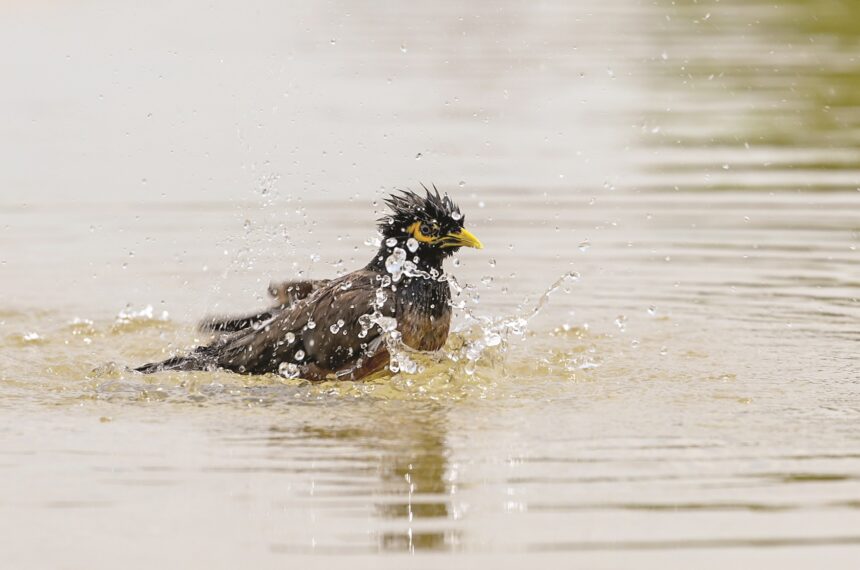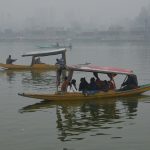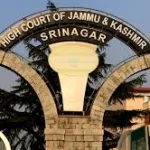Heatwave to continue today
Expecting rainfall from July 4 to 7: Director MeT
Srinagar, July 02: The Summer Capital Srinagar on Tuesday recorded the hottest day of the season at 34.6 degrees Celsius even as a heat wave gripped parts of the lower and mid-range hills across Jammu and Kashmir.
Director MeT,Centre Kashmir Dr Mukhtar Ahmad told Rising Kashmir that most of the places recording the hottest day of the season while hot and humid weather will continue in both Kashmir and Jammu regions during the next 24 hours in the region.
“Mostly hot and humid weather with possibility of spell of Rain/thundershower at scattered places of Jammu division towards late night, early morning and spell of rainfall at few places of Kashmir division is expected,” he said.
Dr Mukhtar said from 4th July, there is forecast of intermittent spell of light to moderate rain/thundershower at many places with isolated heavy rain over Jammu division .Similarly between 5th and 6th July, there is heavy prediction of rainfall at most places of J&K.
As per MeT advisory, thunderstorm, lightning and flash floods, landslides, mudslides & shooting stones expected at few vulnerable places during 4th-6th July. Few low lying areas of Jammu and Srinagar cities may experience temporary water logging conditions, it said.
Meanwhile various parts of Kashmir, including Kupwara, Pahalgam, Qazigund, and Kokernag, experienced the hottest day of the season today. In Kupwara, temperatures reached 34.6°C, while Qazigund, known as the gateway to Kashmir, recorded 34.0°C. Kokernag and Pahalgam saw maximum temperatures of 33.4°C and 29.1°C, respectively.
Jammu, the winter capital of the Union Territory, recorded 37.2°C, and Banihal reached 31.8°C. Batote, Katra, and Bhaderwah recorded maximum temperatures of 29.1°C, 33.5°C, and 34.7°C, respectively.
“People should avoid heat exposure during 12 noon to 3 PM & drink a lot of fluid and water especially vulnerable people (Elderly people, infants and childrens),” he added.
As per MeT data, variability, the highest maximum temperature was recorded in July 2021 at 35.0°C, while the lowest minimum temperature was 12.6°C, observed in 2019.
“Rainfall also varied greatly, with the highest 24-hour rainfall recorded in 2023 at 53.4 mm, contributing to the highest monthly total of 187.1 mm. Conversely, 2020 experienced the least rainfall, with a maximum of 6.2 mm in 24 hours and a monthly total of just 9.7 mm.”
It said that all-time records highlight even more extreme events, with the highest temperature reaching 39.5°C in July 1973 and the highest 24-hour rainfall of 63.2 mm occurring on July 13, 2005. The lowest minimum temperature recorded was 10.3°C in July 2009.
A JKMA spokesman said that the ongoing heat wave, with rising temperatures, low humidity, and dry conditions, has significantly increased the wildfire risk. There is a need for the importance of vigilance and early reporting to prevent fires from spreading and causing extensive damage to the environment, wildlife, and property, he said.
“Authorities are coordinating with the Forest Department and emergency services to ensure a prompt response to any incidents. Public cooperation is essential; people should report any signs of fire or smoke immediately,” the spokesman said.








